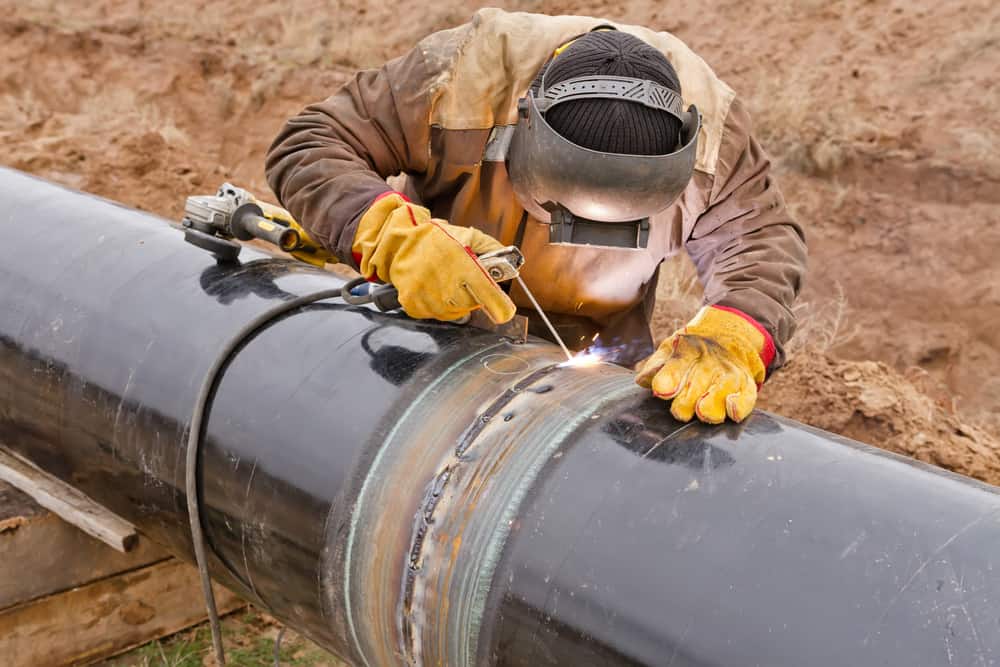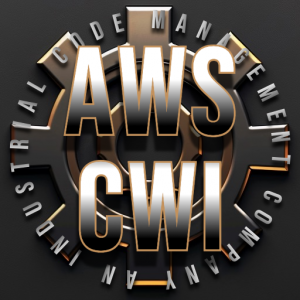Why Select Professional Welding Inspection Gilbert Arizona for Your Tasks?
Wiki Article
Exploring the Relevance of Welding Assessment in Industrial Applications: Protecting Versus Failures and Enhancing Durability
Welding inspection serves as a critical line of defense in industrial applications, making sure the structural stability and reliability of bonded elements. By methodically determining issues such as porosity and incomplete blend, inspections not just protect against failures however likewise extend the life-span of crucial assets. Sticking to industry requirements enhances both safety and operational performance; however, the ramifications of neglecting these techniques can be serious. As we check out the complex advantages of routine evaluations, it comes to be evident that recognizing these characteristics is not simply a matter of conformity but a strategic crucial for longevity and threat reduction.Function of Welding Inspection
Welding inspection serves as a vital guard in industrial applications, making certain that bonded structures satisfy specified standards of top quality and safety and security. This process includes a systematic evaluation of welds to validate their stability, toughness, and compliance with recognized codes and requirements. The duty of welding inspection is diverse, encompassing both aesthetic evaluations and non-destructive screening approaches, which may consist of ultrasonic, radiographic, or magnetic fragment screening.Efficient welding evaluation recognizes prospective problems early, alleviating the risk of catastrophic failings that can occur from poor welds. By making certain that welds are carried out according to create specs, assessors add to the general architectural integrity and longevity of elements in crucial applications, such as pressure vessels, pipelines, and architectural structures.

Common Welding Issues

Among the most common issues is porosity, defined by small gas pockets entraped within the weld metal. This happens due to impurities or inappropriate securing gas, jeopardizing the weld's stamina. Another significant flaw is insufficient combination, where the weld metal fails to bond correctly with the base product, potentially leading to architectural weak points.

Fractures can additionally develop during or after the welding process, usually associated to thermal stress and anxieties or inappropriate cooling prices. Furthermore, damaging, where the base steel is worn down along the weld grain, can damage the joint and is usually triggered by too much warmth input or wrong technique.
Additionally, absence of infiltration happens when the weld steel does not get to the root of the joint, resulting in poor strength. Comprehending these usual problems is vital for examiners and welders alike to make sure that welded frameworks fulfill safety and security and performance requirements, eventually protecting against possible failings in commercial applications.
Advantages of Routine Inspections
Routine evaluations serve as an important secure in ensuring the reliability and long life of welded frameworks. These analyses identify possible issues and weaknesses that might jeopardize the integrity of welds, enabling for prompt removal before issues escalate. By implementing an organized examination regimen, companies can significantly lower the threat of catastrophic failings that may bring about expensive downtime, tools replacement, or perhaps accidents.
Moreover, routine inspections add to boosted quality assurance throughout the welding procedure. By sticking to a regular assessment schedule, business can guarantee that their welding methods meet recognized high quality benchmarks and ideal methods. This not only promotes a society of responsibility but likewise urges continuous improvement amongst welding workers.
On top of have a peek at this site that, regular assessments facilitate far better upkeep planning. By recognizing wear and tear early, organizations can tactically set up replacements and fixings, lessening disruption to operations. This proactive method ultimately brings about prolonged possession life expectancy and boosted general performance.
Finally, a commitment to normal evaluations can enhance a company's online reputation in the sector. Stakeholders and clients progressively value companies that focus on security and high quality, thereby improving trust and potentially bring about increased service chances.
Market Criteria and Laws
Following sector requirements and guidelines is a basic aspect of welding inspection that complements the advantages of routine assessments. These criteria, developed by organizations such as the American Welding Society (AWS) and the American Society of Mechanical Engineers (ASME), offer a framework for finest techniques in welding processes, materials, and assessment strategies. Compliance with these laws guarantees that welds satisfy the required high quality and security benchmarks, substantially minimizing the risk of structural failures.Governing bodies like the Occupational Security and Health Administration (OSHA) better impose standards that shield workers and the atmosphere throughout welding procedures. By adhering to these established requirements, industries can enhance the reliability of their components and frameworks, guaranteeing they do as meant under various operational problems.
In addition, adherence to market standards fosters uniformity in quality assurance, helping with smoother interaction among stakeholders and governing agencies. This positioning not only reduces liability risks but likewise enhances the trustworthiness of organizations in competitive markets. Welding Inspection Gilbert Arizona. Inevitably, compliance with welding criteria and laws is not simply a legal commitment; it is a crucial investment in safety, efficiency, and lasting operational success
Future Trends in Welding Assessment
As industries remain to progress, the future of welding inspection is positioned to incorporate advanced modern technologies that enhance accuracy and performance. Among the most significant patterns is the fostering of automation and robotics in assessment procedures. Automated systems can conduct evaluations rapidly, reducing human error and boosting throughput in manufacturing environments.In addition, the combination of artificial knowledge (AI) and artificial intelligence algorithms will allow anticipating analytics, permitting real-time analyses and aggressive maintenance. By evaluating information from previous inspections, these modern technologies can determine patterns that might suggest prospective failures, thus extending the lifespan of bonded parts.
Furthermore, non-destructive testing (NDT) techniques are expected to become much more innovative, using devices such as drones and independent vehicles outfitted with cutting-edge sensors. Welding Inspection Gilbert Arizona. These improvements will certainly improve the capacity to inspect dangerous or hard-to-reach areas without endangering safety
Additionally, the trend towards digitalization will certainly result in enhanced information management systems that assist in much better monitoring, reporting, and conformity with sector standards. In summary, the future of welding inspection is defined by technological advancements that promise to significantly improve dependability, security, and functional effectiveness in various commercial click here for more info applications.
Conclusion
To conclude, welding evaluation offers a crucial feature in making certain the stability and resilience of welded structures across different industrial applications. By recognizing flaws such as porosity and insufficient combination, normal inspections play a considerable duty in risk reduction and top quality guarantee. Adherence to market criteria and regulations even more boosts operational safety and security and reliability. As developments in technology continue to develop, the future of welding assessment review guarantees increased accuracy and effectiveness, ultimately contributing to the longevity of vital frameworks.Welding inspection serves as an essential line of defense in commercial applications, guaranteeing the architectural integrity and dependability of welded parts.Welding assessment serves as a critical guard in commercial applications, making sure that welded structures fulfill specified criteria of top quality and safety and security. Eventually, the function of welding inspection is indispensable in promoting security, boosting performance, and securing financial investments in industrial facilities.
These standards, established by companies such as the American Welding Culture (AWS) and the American Culture of Mechanical Designers (ASME), give a structure for finest techniques in welding procedures, materials, and examination techniques.In conclusion, welding assessment serves an essential function in making sure the honesty and toughness of bonded structures throughout various commercial applications.
Report this wiki page